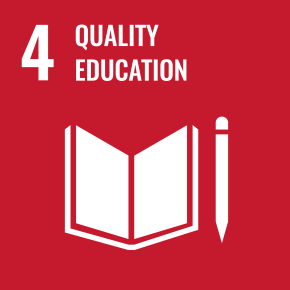Review of ESG Issues
Since Nifco first identified ESG issues in 2020 to strengthen the foundation of its ESG management, the company conducted its third review in 2022 and identified materiality (key issues). The revision was made in order to implement our Medium-term Management Plan, to realize our Long-term Vision and the purpose that lies ahead, and to respond flexibly and appropriately to drastically changing social conditions.
Review process
First, we conducted a value chain analysis to understand and reorganize the impacts Nifco’s business has on society and the environment. Based on the results of this analysis, we identified key themes, assessed environmental and social impacts, and analyzed risks and opportunities that affect the company’s finances.
Materiality Identification Process
We reviewed ESG issues and identified materialities through the following process:

Materiality Regarding Sustainability
The Nifco Group has decided to refer to the double materiality approach in identifying materialities in its response to the Corporate Sustainability Reporting Directive (CSRD) published by the European Commission (EC) because in addition to having business in Europe, it responds to changes in society and manages its business in a way that is more responsive to its stakeholders.
Double Materiality
Double materiality is a way of identifying“ sustainability issues with significant environmental and social impacts,” as required by the Global Reporting Initiative (GRI), and “sustainability issues with significant financial impacts,” as required by International Financial Reporting Standards (IFRS), as materialities.

Materiality and Contribution to SDGs
Materiality |
Issues |
Medium- to long-term goals |
Related SDGs |
|
|---|---|---|---|---|
G(Governance) |
Strengthening sustainability management |
Manage with awareness of the corporate governance code |

|
|
Ensuring compliance |



|
|||
Ensuring information security |
Maintenance and improvement of information security measures |
— |
||
E(Environment) |
Responding to climate change |
Process targets:
|


|
|
Product development to improve environmental performance |



|
|||
Zero waste (circular economy) initiatives |
Waste reduction |

|
||
S(Society) |
Improving worker safety and job satisfaction |
Improvement of human resource system, employment conditions, etc. |
Workstyle reform |


|
Promotion of occupational health and safety |


|
|||
Promotion of human resource development |
Promotion of human resource development |


|
||
Prevention of human rights violations and promotion of equal opportunities |
Improve understanding of human rights and prevent violations |
Human rights-oriented management |



|
|
|
Respect for diversity
|




|
|||
Ensuring product safety and quality |
Ensuring product safety and quality |
Ensuring product safety and quality |

|




